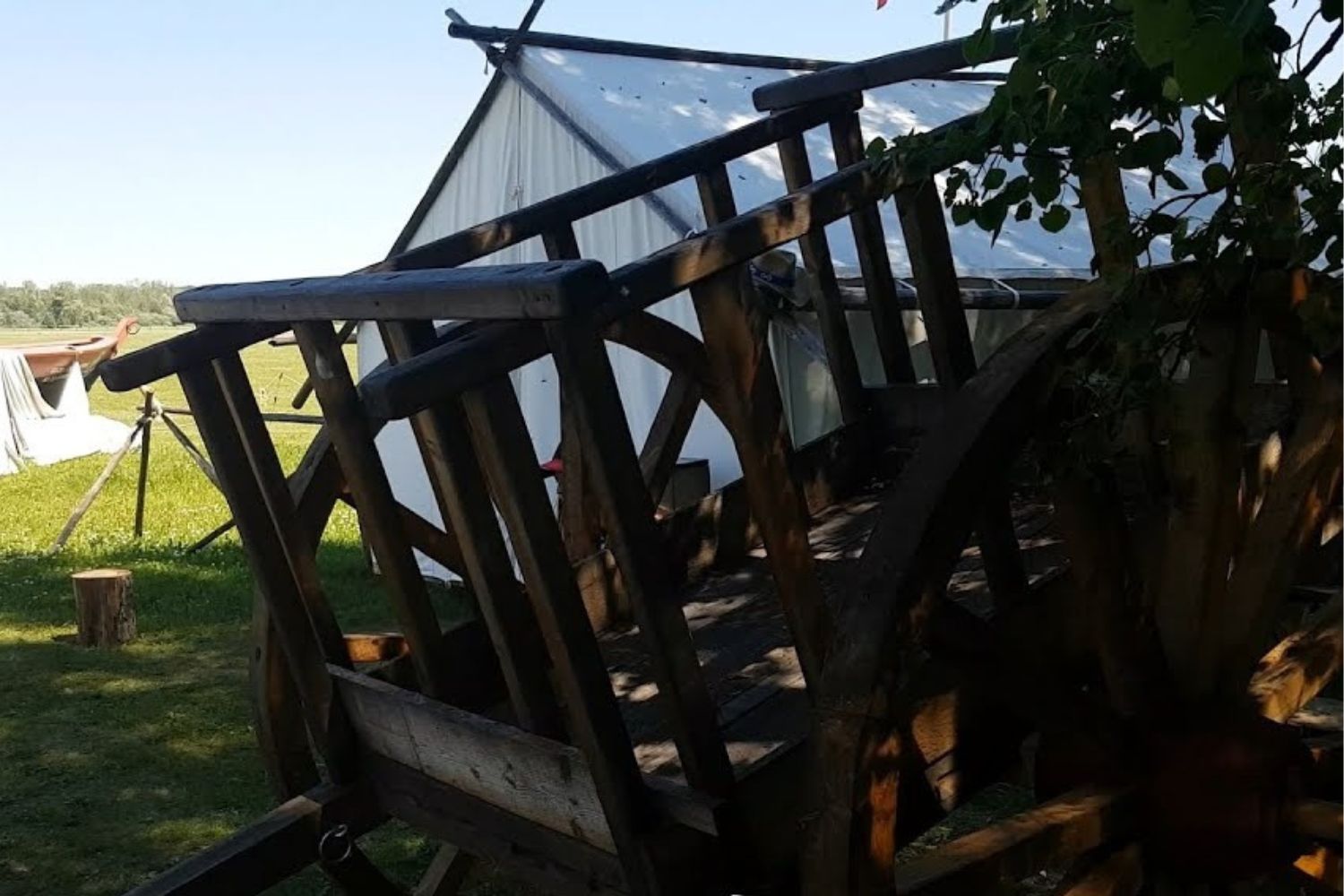Hidden Fur Trading Posts Of The Northwest

Have you ever wondered about the hidden fur trading posts of the Northwest? These historic spots played a huge role in shaping early American history. Trappers and traders exchanged pelts for goods, creating bustling hubs of activity. Many of these posts are now forgotten, tucked away in remote areas. Visiting them offers a glimpse into the past, where rugged landscapes meet rich history. Imagine walking the same paths as early pioneers, feeling the echoes of their adventures. Whether you're a history buff or just love exploring new places, these hidden gems are worth the trip. Ready to uncover some secrets? Let's go!
Hidden Fur Trading Posts of the Northwest
The Northwest holds secrets of its rich fur trading history. These hidden posts tell tales of adventure, commerce, and survival. Let's uncover some of these fascinating spots.
1. Fort Vancouver
Fort Vancouver, located in present-day Washington, served as a major hub for the Hudson's Bay Company. This post was bustling with activity, from trading furs to crafting goods.
- Location: Vancouver, Washington
- Established: 1825
- Significance: Central trading hub for the Hudson's Bay Company
2. Fort Nisqually
Fort Nisqually, nestled in the Puget Sound region, played a crucial role in the fur trade. It was the first European settlement on the Puget Sound and a key trading post.
- Location: DuPont, Washington
- Established: 1833
- Significance: First European settlement on Puget Sound
3. Fort Astoria
Fort Astoria, founded by John Jacob Astor's Pacific Fur Company, was the first American-owned settlement on the Pacific Coast. It later became a British trading post.
- Location: Astoria, Oregon
- Established: 1811
- Significance: First American-owned settlement on the Pacific Coast
4. Fort Colvile
Fort Colvile, situated near the Columbia River, was another significant Hudson's Bay Company post. It served as a supply depot and trading center for trappers and traders.
- Location: Kettle Falls, Washington
- Established: 1825
- Significance: Supply depot and trading center
5. Fort Okanogan
Fort Okanogan, located at the confluence of the Okanogan and Columbia Rivers, was a vital fur trading post. It was the first non-native settlement in Washington.
- Location: Brewster, Washington
- Established: 1811
- Significance: First non-native settlement in Washington
6. Fort Spokane
Fort Spokane, initially a fur trading post, later became a military fort. It played a role in the fur trade before transitioning to a military role.
- Location: Spokane, Washington
- Established: 1810s
- Significance: Transitioned from fur trading post to military fort
7. Fort Langley
Fort Langley, located in British Columbia, was a key Hudson's Bay Company post. It was instrumental in the development of British Columbia's economy.
- Location: Langley, British Columbia
- Established: 1827
- Significance: Key post for Hudson's Bay Company in British Columbia
8. Fort Kamloops
Fort Kamloops, situated at the meeting point of the North and South Thompson Rivers, was an important trading post. It facilitated trade between indigenous peoples and European traders.
- Location: Kamloops, British Columbia
- Established: 1812
- Significance: Facilitated trade between indigenous peoples and European traders
9. Fort George
Fort George, originally known as Fort Astoria, was renamed when it came under British control. It remained a significant trading post throughout its history.
- Location: Astoria, Oregon
- Established: 1811
- Significance: Renamed Fort George under British control
10. Fort Walla Walla
Fort Walla Walla, located in southeastern Washington, was a key trading post for the Hudson's Bay Company. It served as a vital link in the fur trade network.
- Location: Walla Walla, Washington
- Established: 1818
- Significance: Key trading post for Hudson's Bay Company
Discovering the Past
Exploring the hidden fur trading posts of the Northwest offers a unique glimpse into history. These sites, often tucked away in remote areas, tell stories of early traders, indigenous peoples, and the rugged landscapes they navigated. Visiting these posts can be a rewarding experience for history buffs and adventure seekers alike.
Whether you're hiking through dense forests or paddling along ancient trade routes, each location provides a tangible connection to the past. The artifacts, structures, and natural surroundings all contribute to a deeper understanding of the region's history.
Next time you plan a trip, consider adding a fur trading post to your itinerary. It's a chance to step back in time and appreciate the rich cultural heritage that shaped the Northwest. Happy exploring!

